- Email:info@tsv-valve.com

 Sep 26,2025
Sep 26,2025If you’ve ever searched for “what is a safety valve used for” or “safety valve function in daily life,” you’re not alone. As a critical component in pressure-controlled systems, safety valves play a non-negotiable role in preventing accidents—yet many people still don’t fully understand their purpose. This article breaks down the core uses of safety valves, their applications across industries, and why proper maintenance matters, answering the most common search questions about this essential device.
At its core, a safety valve is a pressure-relief device designed to protect equipment and people from dangerous overpressure—the top answer to “what is a safety valve used for” in industrial guides. Here’s how it works: when the pressure inside a system (like a boiler, pipeline, or pressure vessel) exceeds a pre-set “safe limit,” the safety valve automatically opens to release excess fluid or gas. Once pressure drops back to a normal range, the valve closes tightly, allowing the system to resume operation.
This “automatic protection” is why safety valves are called the “last line of defense” for pressure equipment. Without them, even a small pressure spike could lead to equipment rupture, leaks, or fires—risks that apply to both industrial sites and everyday household devices.
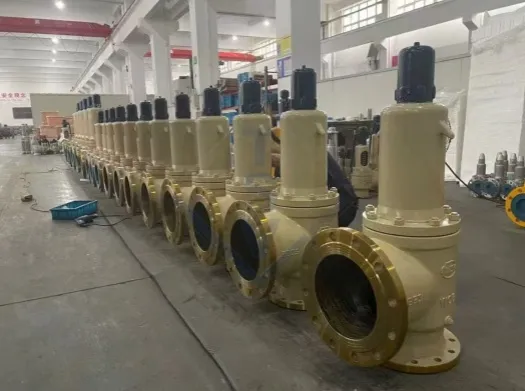
When people search for “what is a safety valve used for,” they often want to know where it matters most. Below are the most common applications, each tied to real-world safety needs:
Industrial settings are where safety valves are most critical—and where searches for “safety valve uses in manufacturing” spike. Key applications include:
Boilers & Steam Systems: In power plants or factories that use steam (e.g., textile mills, food processing), boilers heat water to high-pressure steam. A safety valve here prevents steam pressure from exceeding the boiler’s structural limit—without it, a boiler could explode.
Chemical & Petrochemical Plants: Reactors and storage tanks holding flammable or toxic chemicals rely on safety valves to release pressure if reactions heat up unexpectedly. For example, a safety valve on a gasoline storage tank stops pressure buildup from causing leaks or explosions.
Oil & Gas Pipelines: Long-distance pipelines carrying crude oil or natural gas face pressure fluctuations from temperature changes or blockages. Safety valves along the pipeline release excess pressure to avoid pipe bursts, which could trigger environmental disasters.
You might not realize it, but safety valves are in many home devices—answering the common search “what is a safety valve used for in homes”:
Pressure Cookers: The “weight valve” on a pressure cooker is a simple safety valve. It releases steam when internal pressure gets too high, preventing the cooker from blowing its lid and causing burns.
Water Heaters: Electric or gas water heaters use safety valves to release pressure if the tank overheats (e.g., due to a faulty thermostat). This stops the tank from cracking and flooding your home.
Gas Appliances: Gas stoves or heaters have small safety valves that shut off gas flow if pressure drops too low (preventing leaks) or spikes (avoiding fires).
To fully answer “what is a safety valve used for,” you need to know how it works— a top related search query. Most safety valves use a “spring-loaded” design:
A spring holds the valve’s disc (a seal) tightly against the “seat” (the opening to the system), keeping the valve closed when pressure is normal.
When system pressure rises above the spring’s pre-set force, it pushes the disc open, letting excess fluid/gas escape.
As pressure drops, the spring pushes the disc back onto the seat, closing the valve.
Some safety valves (e.g., those in nuclear plants) use “pilot-operated” designs for higher precision, but the core goal—preventing overpressure—remains the same.
A common follow-up to “what is a safety valve used for” is “how to keep it working.” Even the best safety valve fails if neglected:
Industrial Safety Valves: OSHA (Occupational Safety and Health Administration) requires quarterly pressure tests and annual disassembly to check for rust, debris, or worn parts. A stuck valve can’t open when needed—leading to accidents.
Home Safety Valves: For pressure cookers, clean the valve’s vent hole monthly to avoid clogs. For water heaters, test the safety valve once a year by lifting the lever slightly—if no water releases, replace the valve immediately.
As searches for “smart safety valve functions” grow, the industry is adopting IoT-enabled models. These valves track pressure in real time, send alerts to phones/control rooms if pressure nears limits, and even log data for maintenance. For example, a smart safety valve in a pharmaceutical factory can alert workers to pressure issues before they become hazards—making their “protective use” even more effective.
In short, a safety valve is used to prevent overpressure damage to equipment and protect people from accidents—whether in a factory boiler, a home pressure cooker, or an oil pipeline. By automatically releasing excess pressure, it ensures systems run safely, making it an indispensable component in nearly every industry and household.
If you are looking for more detailed information, such as how to choose the right safety valve for your needs or how to perform basic maintenance, you can contact TSV.
Related News
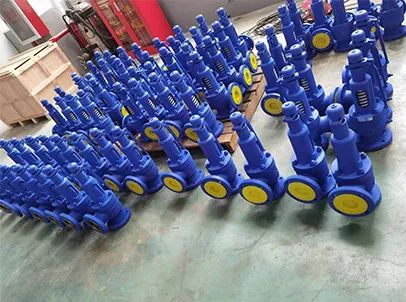
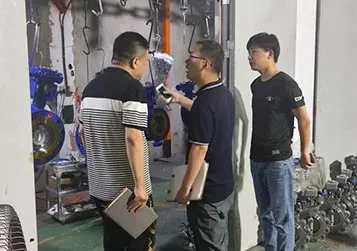
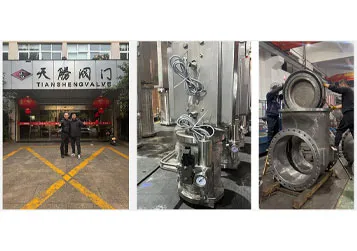
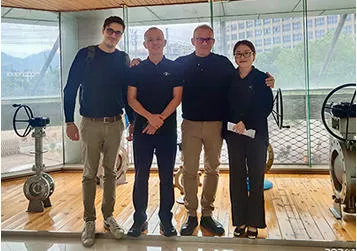
GET A QUOTE
Talk to Our Expert